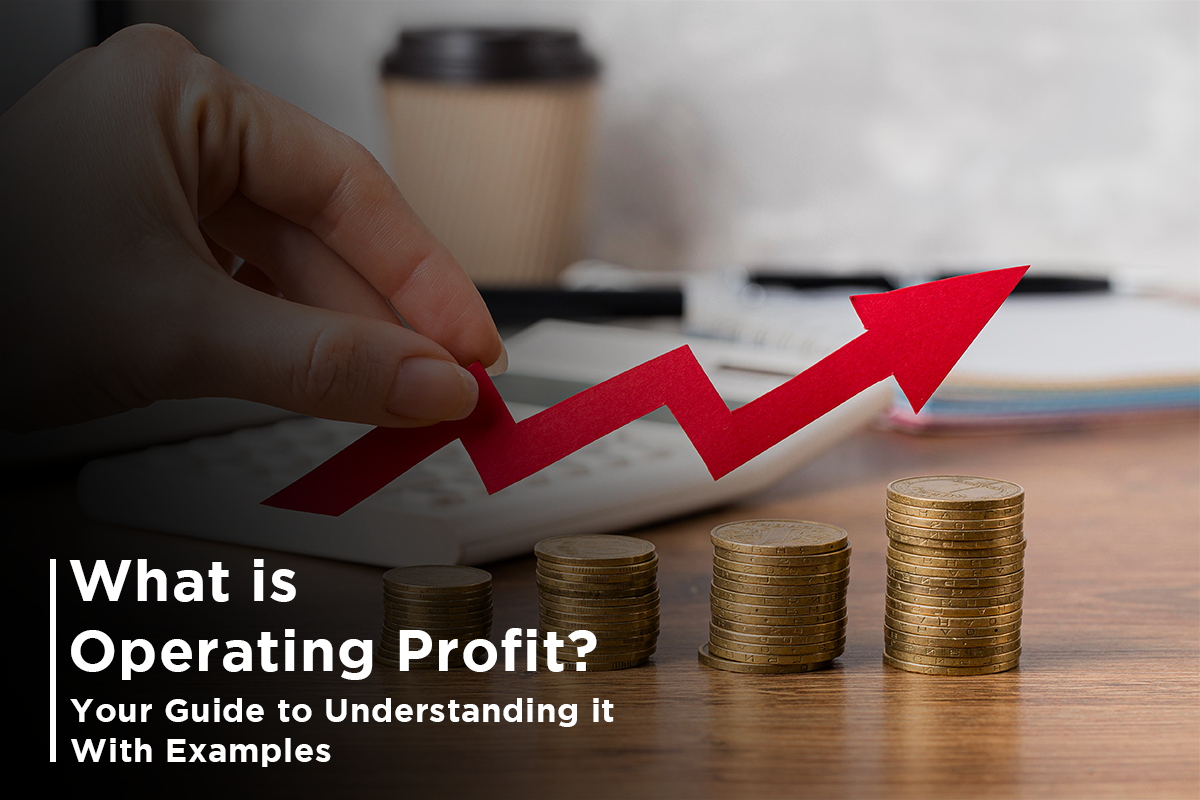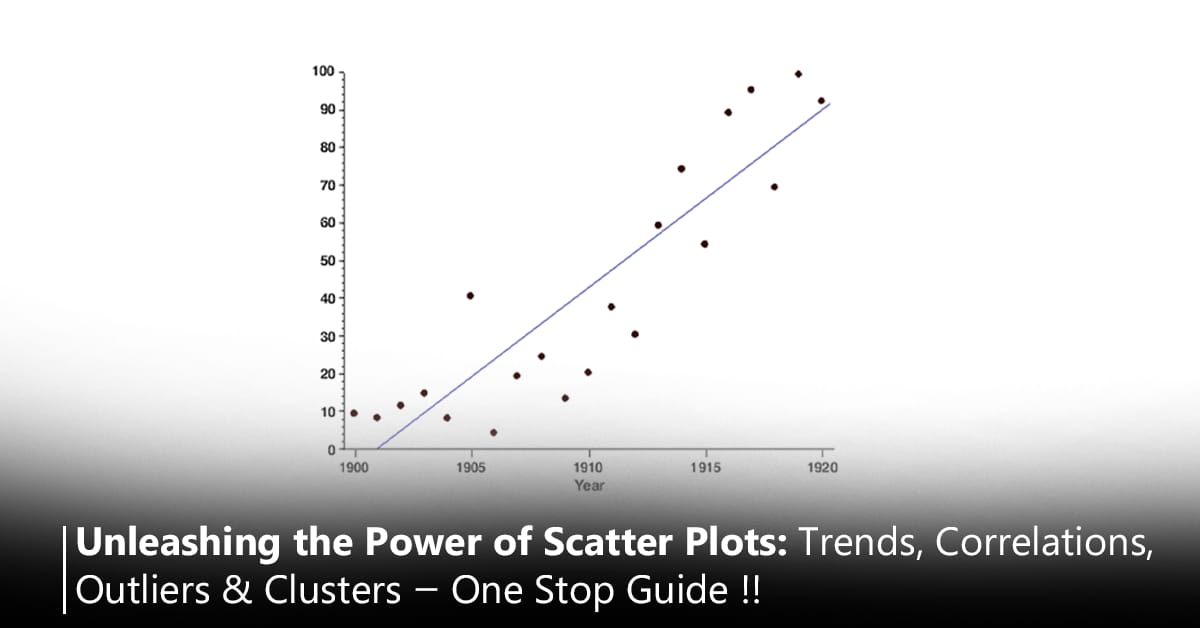Profit is the financial gain generated in a business when its revenue is bigger than expenses. Operating profit, often known as operating income or operating earnings, is a key financial metric that reflects a company’s profitability from its core operations.
It is vital for investors because it shows how effectively a company manages its core business operations and generates profit.
Understanding operating profit is essential for financial analysis and decision-making
In this blog, we will delve into the concept of operating profit, its significance in financial evaluation, and how companies calculate it.
What is Operating Profit?
Operating profit represents a company’s profit from its primary business activities after deducting the cost of goods sold (COGS), these are directly involved in producing products, and operating expenses.
It’s the net income derived from a company’s core operations and it excludes non-operational items such as:
- Interest expenses
- Income taxes.
It provides a clear picture of a company’s core profitability, irrespective of its capital structure and financing decisions.
A company’s operating profit margin indicates how effectively it converts gross revenue into operating earnings.
Here are the 2 key metrics you must know concerning operating profit.
1. Operating Profit Ratio:
This key financial metric shows how much profit a company makes from its core operations as a percentage of its revenue.
Operating profit formula:
Operating Profit Ratio= Operating Profit / Revenue × 100
2. Operating Profit Percentage:
Also known as the operating profit margin, this measures the proportion of revenue that remains as operating profit after accounting for operating expenses.
Calculating the operating profit percentage is similar to the Operating profit ratio’s formula.
What Does Operating Income Focus On?
Operating income focuses on core operations of the business thereby providing an accurate peek into the health of the company.
It also includes the expenses necessary to run the business. These are :
- Other selling general expenses
- Admin expenses
- Research and Development expenses
- Depreciation expenses
- Amortization expenses
After deducting all the direct costs of sales and operating expenses, what’s left is the operating profit.
If a company has high debt, its operating profit might appear more favorable than its net profit.
While a positive operating profit suggests good health, it doesn’t guarantee future profitability.
A company with significant debt might show a positive operating profit but still incur net losses, as operating profit excludes large, extraneous costs that affect net profit.
When calculating operating profit, you subtract production costs and costs for things like depreciation and amortization from the total revenue.
However, this calculation doesn’t include any debts or obligations the company has to pay, even if those payments are essential for running the business normally.
So, operating profit might look good, but it doesn’t show the whole financial picture, especially the company’s liabilities.
Operating earnings do not include:
- Revenue profit on assets
- Sale of assets
- Interest earned on cash
- Taxes
- One time charges
- Debts or loan
These items are calculated after the operating profits are gained and they’re excluded to focus on the profitability of core business operations
Why Does it Matter?
Operating profit is a reliable way to measure how well a business is doing because it focuses only on what’s essential for running the business.
Here’s why it matters:
- It gives a clear picture of the business’s financial health without including unnecessary factors.
- It tells you how well a company is running its main business activities.
- It shows if the company is making money from what it sells, after taking away the direct costs like making the products and running the business.
- This number helps you see if the company is managing its costs well and making a profit from its basic operations, like selling goods or services.
- It lets you compare how well different companies are doing in the same industry.
- It also shows if a company is efficient in turning its sales into profits before considering other expenses like taxes.
- A strong operating income indicates good cost management and revenue generation.
Thereby, boosting investor confidence in the company’s financial health and growth potential. It also helps them evaluate risks, as lower operating profits may signal challenges that could affect future profitability.
How to Calculate the Operating Profit Formula?
The formula for calculating operating profit is:
Operating Profit = Gross Profit – Operating Expenses
To understand how operating profit is calculated, let’s take a look at Reliance Industries, a prominent Indian conglomerate.
Reliance generates revenue from various sectors, including:
- Petrochemicals
- Refining
- Telecommunications
- Retail.
To calculate its operating profit, Reliance follows these steps:
1. Starts with the gross profit
Gross profit = revenue – COGS (cost of goods sold)
For example: If Reliance’s revenue from all sectors is $100 billion and the COGS is $60 billion, the gross profit would be $40 billion.
By doing this, Reliance can isolate the profitability arising from its core operations across diverse business segments.
2. Subtract Operating Expenses
Operating expenses include costs such as salaries, marketing costs, and rent.
Example: If the total operating expenses amount to $20 billion, subtract these from the gross profit.
3. Calculate Operating Profit
Operating Profit = Gross Profit – Operating Expenses
Using the numbers above:
$40 billion (Gross Profit) – $20 billion (Operating Expenses) = $20 billion (Operating Profit)
By doing this, Reliance can isolate the profitability arising from its core operations across its diverse business segments.
How to Analyze the Operating Profit?
Analyzing operating earnings involves examining how effectively a company turns its sales into profit from core operations.
It provides insights into:
- Cost management
- Revenue generation
- Overall financial health.
This analysis guides:
- Strategic decisions aimed at optimizing operational efficiency
- Sustaining long-term financial success.
Here’s how it’s done:
1. Comparing companies’ operating income over time
Companies compare operating profit over time to track their financial performance and trends.
They analyze past operating profit figures to see if they have:
- Improved,
- Declined, or
- Stayed consistent.
By plotting these numbers over different periods and calculating percentage changes, you can identify the company’s growth patterns and fluctuations.
2. Benchmarking against industry standards
Competitors help companies understand their relative performance.
It also helps companies pinpoint, what drives their profitability, whether it’s:
- Changes in revenue
- Costs
- Operational efficiency
When you analyze operating income, it informs:
- Strategic decisions
- Forecasts future outcomes
- Provides a clear picture of the company’s financial health
- Report its progress over time
Benchmarking allows companies to:
- Gauge their competitiveness
- Identify areas for improvement
- Adopt strategies to enhance performance and profitability.
It provides valuable insights into where the company stands to others in the industry and guides strategic decision-making for achieving better outcomes.
3. Using operating profit margins for deeper insights
Companies use these margins to:
- Compare performance
- Track trends
- Gauge financial health.
The operating profit margin’s formula is as follows:
OPM= OP/Revenue × 100
Multiplying OPM= OP/Revenue by 100 gives you an operating profit percentage.
Businesses use this metric to measure their ability to generate profit from each unit of revenue earned.
Increasing margins indicate improved efficiency, while declining margins may signal challenges.
To ensure smooth business operations, analyzing operating earnings is a crucial effort.
Manipulation of Operating Profit
Companies can manipulate operating profits to present a more favorable financial picture.
Some common methods of manipulation include:
1. Capitalizing Operating Expenses:
Instead of expensing certain costs immediately, a company might capitalize on them, which delays the recognition of expenses and temporarily boosts operating earnings.
2. Changing Depreciation Methods:
Altering the depreciation methods or assumptions can impact operating profit, making it appear higher or lower.
3. Delaying Recognition of Liabilities:
A company can temporarily increase operating earnings by postponing the recognition of certain expenses.
However, manipulating operating profit can have severe consequences, from misleading stakeholders to regulatory penalties to long-term financial instability.
Companies need to maintain transparency and integrity in their financial reporting to ensure sustainable success and trust.
Operating Profit vs. Other Profit Metrics
Comparing operating profit with gross profit, net profit, and EBITDA provides a comprehensive view of a company’s financial performance:
- Gross Profit: It shows the profitability of a company’s core business activities before considering operating expenses.
- Net Profit: It represents the final profitability after all expenses, including non-operational costs.
- EBITDA (Earnings Before Interest, Taxes, Depreciation, and Amortization): EBITDA adds depreciation and amortization back to operating profit It provides a measure of a company’s profitability before accounting for non-cash expenses and non-operational items.
Each of these metrics offers insights into different aspects of a company’s financial health and performance.
Comparing them helps stakeholders understand:
- Profitability trends
- Operational efficiency
- The overall financial picture of the business.
Operating profit is especially relevant in various scenarios where a precise assessment of a company’s operational efficiency is needed, as it provides a focused measure of profitability from core business activities.
Conclusion
Operating profit is a pivotal metric for evaluating a company’s core operational profitability. It offers a clearer picture of performance by excluding non-operational factors.
However, it is crucial to be aware of potential manipulation tactics that can affect operating earnings figures.
Businesses can use operating earnings to drive success by improving how efficiently they run their main operations and manage costs.
Operating profit percentage helps in making smart decisions like:
- Setting competitive prices
- Finding ways to spend less on daily operations
- Using resources wisely.
By comparing with similar companies and tracking trends, businesses can adjust strategies to build on strengths and fix weaknesses.
Overall, focusing on the operating profit ratio helps companies:
- Grow steadily
- Handle economic changes
- Create lasting value for everyone involved.



